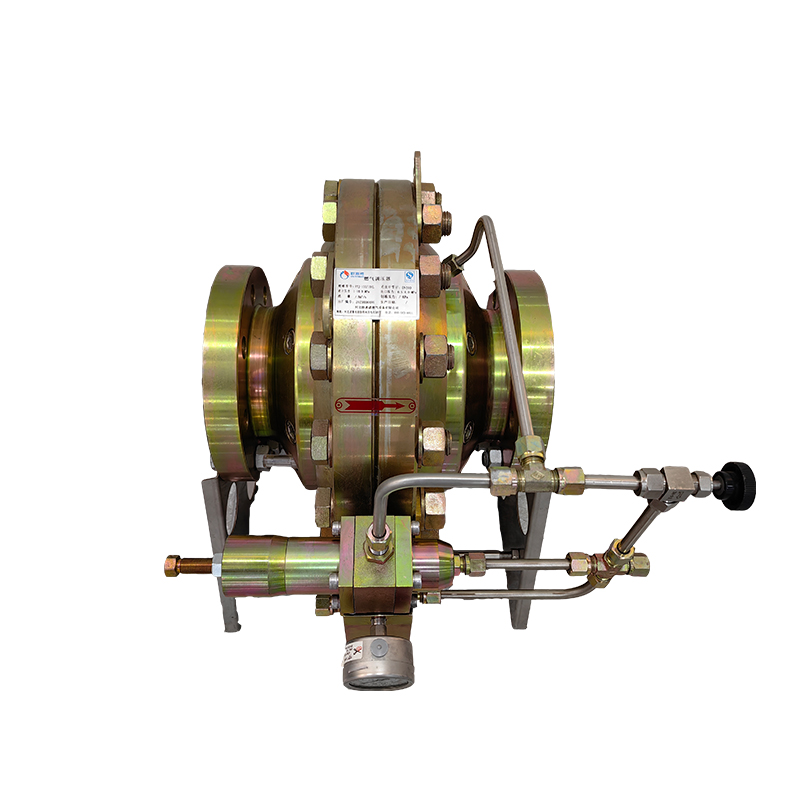
Sep . 22, 2024 03:21
Back to list
pressure reducing regulators
Understanding Pressure Reducing Regulators Function and Importance
Pressure reducing regulators (PRRs) are essential components in various industrial and residential applications where the control of gas and fluid pressures is crucial. These devices ensure that the pressure of a fluid or gas is maintained at a desired level, thereby preventing potential hazards or inefficiencies that could arise from excessive pressure.
At the core of a pressure reducing regulator is the principle of balancing forces. A typical regulator contains an inlet where high-pressure fluid enters and an outlet where the fluid exits at a reduced pressure. Inside the regulator, a diaphragm or piston is employed, which reacts to the pressure difference between the inlet and the outlet. As the outlet pressure rises above the preset level, the diaphragm moves to restrict flow, thus lowering the pressure. Conversely, if the outlet pressure drops, the diaphragm allows more fluid to flow through, increasing the pressure back to the desired level.
The functionality of PRRs is crucial across a multitude of sectors. In the gas industry, for instance, they facilitate safe distribution of gases like natural gas and propane. High-pressure gas from pipelines is regulated down to a safe level before it reaches appliances such as heaters and stoves. Without PRRs, the risk of explosions or leaks would significantly increase. In the water supply sector, PRRs help to manage water pressure, ensuring that homes receive consistent water pressure without the risk of pipes bursting due to high pressure.
pressure reducing regulators

Moreover, pressure reducing regulators play a pivotal role in manufacturing processes. Many industrial applications require specific pressures for optimal functioning of machinery. For example, in chemical processing, precise pressure control is essential to ensure proper reactions and product quality. Here, PRRs not only improve safety but also enhance the efficiency and longevity of equipment.
It is important to choose the appropriate type of PRR based on the application requirements. Factors such as flow rate, inlet pressure range, and the type of fluid being controlled play a significant role in this selection. Additionally, regular maintenance of these regulators is necessary to ensure they function correctly over time, as wear and tear can lead to malfunctions.
In conclusion, pressure reducing regulators are indispensable tools in managing fluid and gas pressures safely and effectively. Their ability to maintain consistent pressure levels across various applications not only enhances operational efficiency but also safeguards equipment and the environment. By understanding the significance and functionality of PRRs, industries can better appreciate the vital role they play in optimizing processes and ensuring safety standards.
Latest news
-
Safety Valve Spring-Loaded Design Overpressure ProtectionNewsJul.25,2025
-
Precision Voltage Regulator AC5 Accuracy Grade PerformanceNewsJul.25,2025
-
Natural Gas Pressure Regulating Skid Industrial Pipeline ApplicationsNewsJul.25,2025
-
Natural Gas Filter Stainless Steel Mesh Element DesignNewsJul.25,2025
-
Gas Pressure Regulator Valve Direct-Acting Spring-Loaded DesignNewsJul.25,2025
-
Decompression Equipment Multi-Stage Heat Exchange System DesignNewsJul.25,2025

